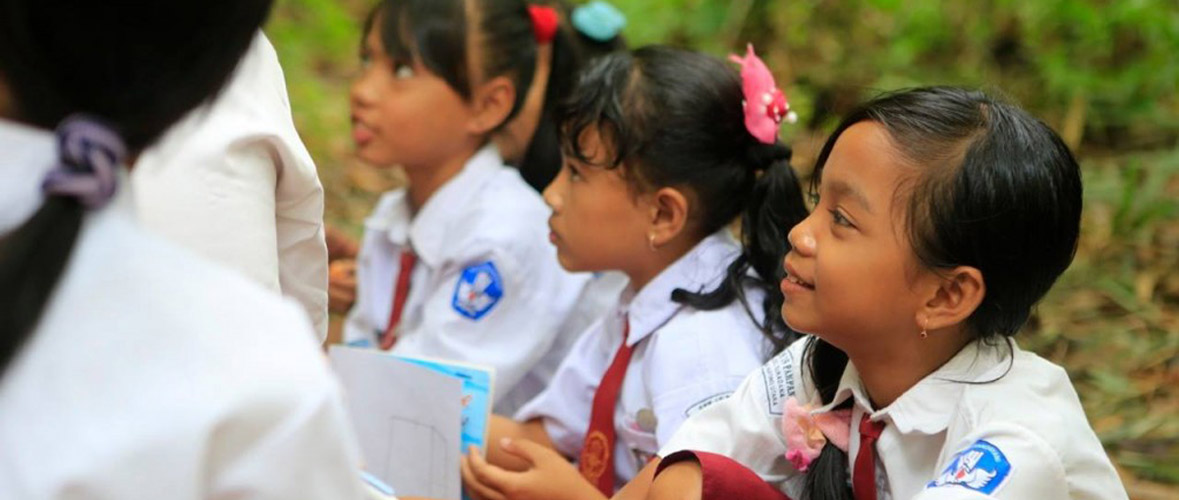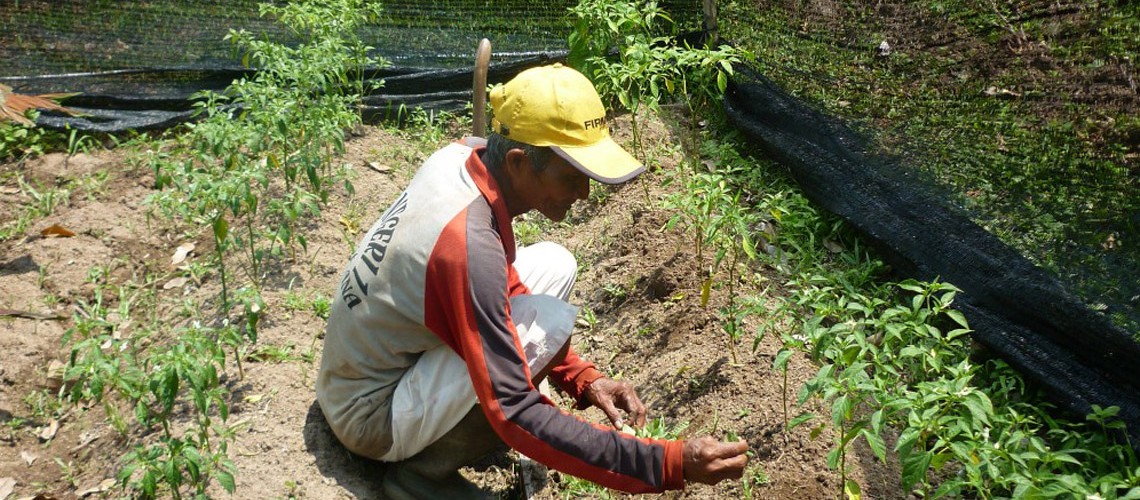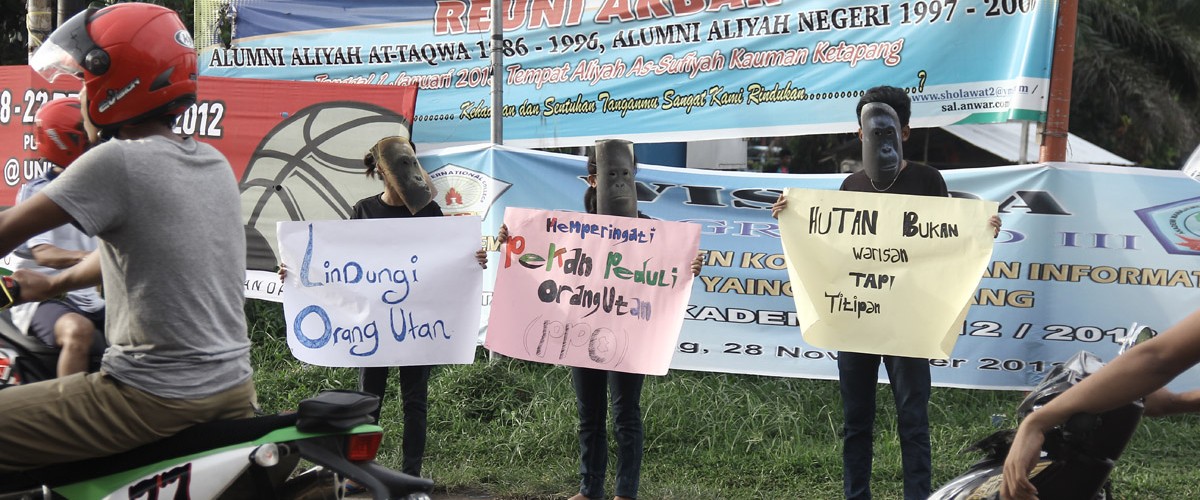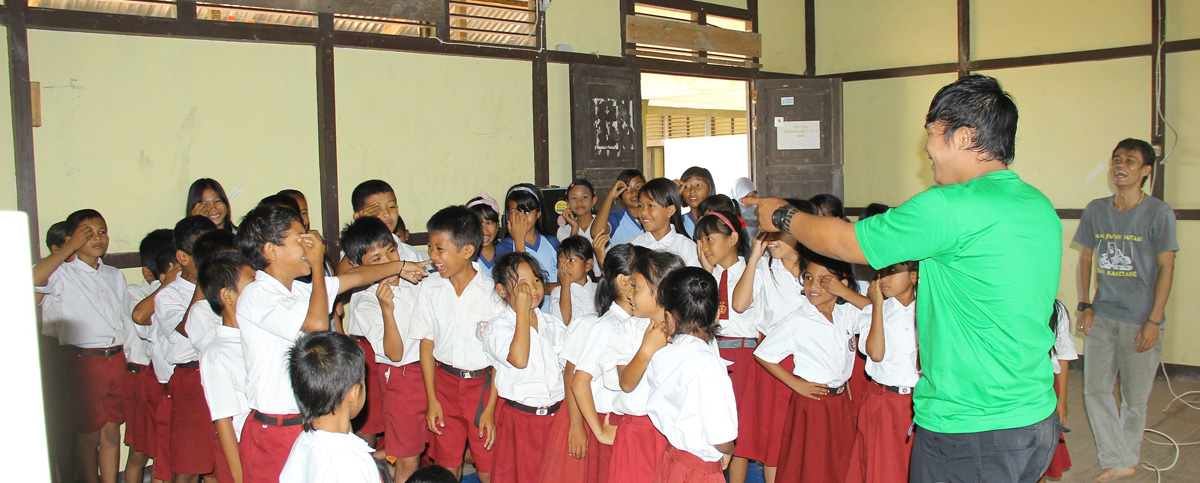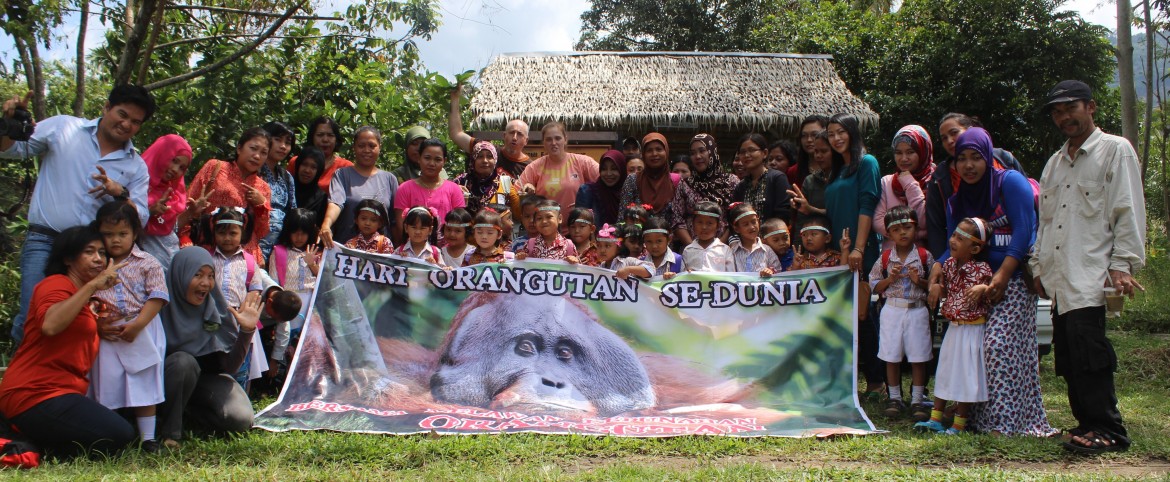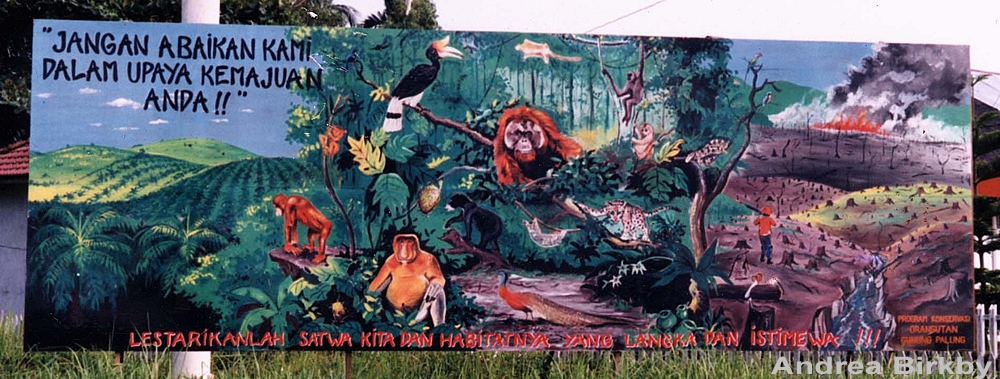By Erik Sulidra, Animal Protection and Rescue Manager, and Petrus Kanisius, Communications Officer
Every year, Yayasan Palung and Customary Forest Management Boards (LPHD) conduct biodiversity surveys in each Customary Forest. In 2021, the team began first with the Customary Forest of Padu Banjar in Simpang Hillir District, Kayong Utara Regency. This forest alone is about 2,883 hectares large. This first survey expedition was carried out for 8 days. Apart from surveying biodiversity in Customary Forests, this activity also increases the capacity of LPHD members as Customary Forest managers. In addition to the regular identification of trees and animals, this year we also created permanent survey plots that will continue to be used each year.
We carry out several activities during these surveys, including identifying trees and animals. This year we made permanent plots that we will visit every year with the goal of making year-to-year biodiversity comparisons from our survey results.

During the survey, the team encountered a vast array of animals in the Customary Forest including hornbills, red leaf monkeys, flat shelled turtles, pit vipers, moonrats, cobras and ground squirrels. They also heard the sounds of gibbons, observed orangutan nests, and saw signs of the presence of pigs and deer. In total, they observed 25 orangutan nests during the survey, which helps us to estimate the total orangutan population within the Customary Forest.
There are also various kinds of plants that inhabit the secondary peat swap forest where the team surveyed, like the pioneer trees of the genera Macaranga and Syzygium. There are also tree stumps that remain from past logging activity in this secondary forest. Additionally, we found meranti (genus Shorea), jelutung (Dyera costulata) and ramin (Gonystylus bancanus) trees, which are now protected.

The last few months, the Kayong Utara Regency has experienced very heavy rainfall. Because of this, the Customary Forest of Padu Banjar has been inundated with rain. Most of the forest here is peat swamp, and is prone to flooding. This added obstacles to the survey, such as flooded campsites, difficult walking conditions and increased encounters with certain wildlife.

The next set of biodiversity surveys has just begun in the Customary Forests of Pulau Kumbang and Pemangkat, also in the Sungai Paduan Customary Forest area of Kayong Utara Regency. The team is back in the field again and their hard work is underway!
